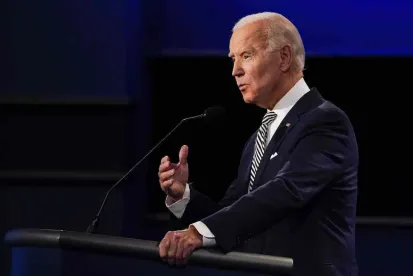On April 27, 2021, President Biden issued two executive orders that have the potential to significantly impact employers. One of these orders establishes a White House Task Force on “Worker Organizing and Empowerment.” Chaired by Vice President Kamala Harris, the Task Force is slated to include more than 20 cabinet members and heads of other federal agencies. Within six months the Task Force is supposed to submit recommendations to the President for actions to promote worker organizing and collective bargaining in the public and private sectors, and to increase “union density.” The Task Force will be exploring policies, programs, and practices that will “empower workers to organize and successfully bargain with their employers.” According to President Biden’s Order, these steps are needed to rectify a decline in the federal government’s support of union organization over the past few decades. The Order claims that this supposed decline in federal support has resulted in “a host of negative consequences for American workers and the economy, including weakening and shrinking America’s middle class.” The Order itself does not change anything, but it appears to be a portent of things to come. It seems to set the stage for union-friendly changes that will be reflected in NLRB decisions and rulemaking. Employers will no doubt be following these developments as they unfold.
The second executive order issued by President Biden requires that federal contractors pay a $15-an-hour minimum wage, increased from the current hourly minimum of $10.95. The White House has stated that the increase will affect hundreds of thousands of people working on federal contracts. Under the Order, effective January 30, 2022, all federal agencies will be required to incorporate a $15 minimum wage in new contract solicitations. By March 2022, all federal agencies will be required to implement the new $15.00 minimum wage in new contracts. Agencies will also be required to implement the higher wage into existing contracts if they are extended. In addition, this Order follows up on efforts by the Obama-Biden administration to phase out the sub-minimum wage (tipped minimum wage) for federal contractors by 2024. Though the White House initially communicated that this Order would also include required paid leave, it imposes no such requirement. The Administration has stated that the minimum wage increase is aimed at reducing absenteeism, increasing productivity, reversing income inequality, and narrowing racial and gender disparities in income. Further, the Administration recognizes that this increase “will have impacts beyond federal contracting, as competitors in the same labor markets as federal contractors may increase wages, too, as they seek to compete for workers.”





 />i
/>i
